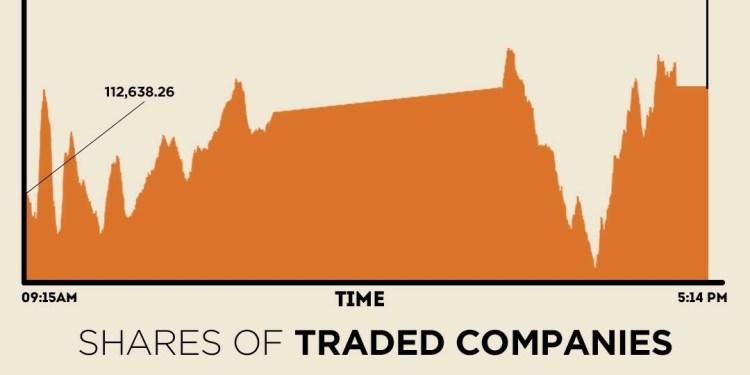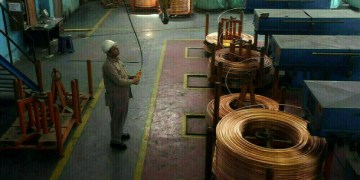 © Reuters. FILE PHOTO: Chinese Foreign Minister Wang Yi answers media questions at the Uruguayan foreign ministry in Montevideo
© Reuters. FILE PHOTO: Chinese Foreign Minister Wang Yi answers media questions at the Uruguayan foreign ministry in MontevideoBy Ben Blanchard and Michael Martina
BEIJING (Reuters) – China will respond as necessary in the event of a trade war with the United States, Foreign Minister Wang Yi said on Thursday, while warning that such a war would only harm all sides.
U.S. President Donald Trump is expected to establish tariffs of 25 percent on imported steel and 10 percent on imported aluminum this week, but the White House has said there could be a 30-day exemption for Mexico and Canada and some other countries based on national security.
Such a move aims to counter cheap imports, especially from China, that Trump says undermine U.S. industry and jobs.
Trump’s administration has faced growing opposition to the tariffs from prominent congressional Republicans and business officials worried about their potential impact on the economy.
Trade tension with the United States has jumped to the top of the list of risks facing China this year, Zhou Hao, senior emerging markets economist at Commerzbank (DE:), told the Reuters Global Markets Forum this week, and its latest data showed exports surging 44.5 percent in February from a year earlier.
Wang, speaking on the sidelines of an annual meeting of China’s parliament, said China and the United States did not have to be rivals, and history showed that trade wars were not the correct way to resolve problems.
“Especially given today’s globalization, choosing a trade war is a mistaken prescription. The outcome will only be harmful,” Wang said.
“China would have to make a justified and necessary response,” he said.
Wang said China had a long way to go on its path of modernization, and that it “will not and need not displace the United States”.
Trump addressed trade with China in tweets on Wednesday, demanding that it lay out plans for reducing its trade surplus with the United States by $1 billion, which appeared to have been raised during a meeting with a top Chinese official last week.
“China has been asked to develop a plan for the year of a One Billion Dollar reduction in their massive Trade Deficit with the United States,” Trump tweeted, without saying where the message had been conveyed.
In the tweet, Trump mistakenly referred to a deficit where China runs a surplus. It was also not clear if he meant that amount, which would only be about 0.27 percent of the record $375.2 billion goods trade surplus China had with the United States last year.
Trade tensions between the world’s two largest economies have risen since Trump took office in 2017, and although China only accounts for a small fraction of U.S. steel imports, its massive industry expansion has helped produce a global glut of steel that has driven down prices.
‘FEW ALTERNATIVE SOURCES’
The U.S. tariffs are expected to go into effect in two months, though economists see little immediate impact on China.
Capital Economics estimates China’s exports of steel and aluminum to the United States account for less than 0.1 percent of its gross domestic product, as both are already limited by anti-dumping measures.
“On paper, China has more to lose from a trade war – it exports far more to the U.S. than it imports. But there are few alternative sources for the main products the U.S. buys from China,” the research firm said in a note on Wednesday.
U.S. soy beans, aircraft and cars are widely seen as vulnerable to possible retaliation from Beijing.
Trump is also considering trade sanctions against China under a “Section 301” investigation into its intellectual property practices and pressure on foreign companies for technology transfers.
Diplomatic and U.S. business sources say the United States has all but frozen a formal mechanism for talks on commercial disputes with China because it is not satisfied it has met its promises to ease market restrictions.
China’s latest trade data released on Thursday showed its February exports up 44.5 percent from a year earlier, beating market expectations, while imports grew 6.3 percent.
That left it with a trade surplus of $33.74 billion for the month, and a January-February trade surplus with the United States of $42.92 billion.
China’s trade performance rebounded in 2017 and logged a strong start this year thanks to robust demand at home and abroad.
But the tensions with the United States are clouding the outlook for exports, while a cooling property market may curb domestic demand for imported raw materials such as iron ore.
Source: Investing.com




























